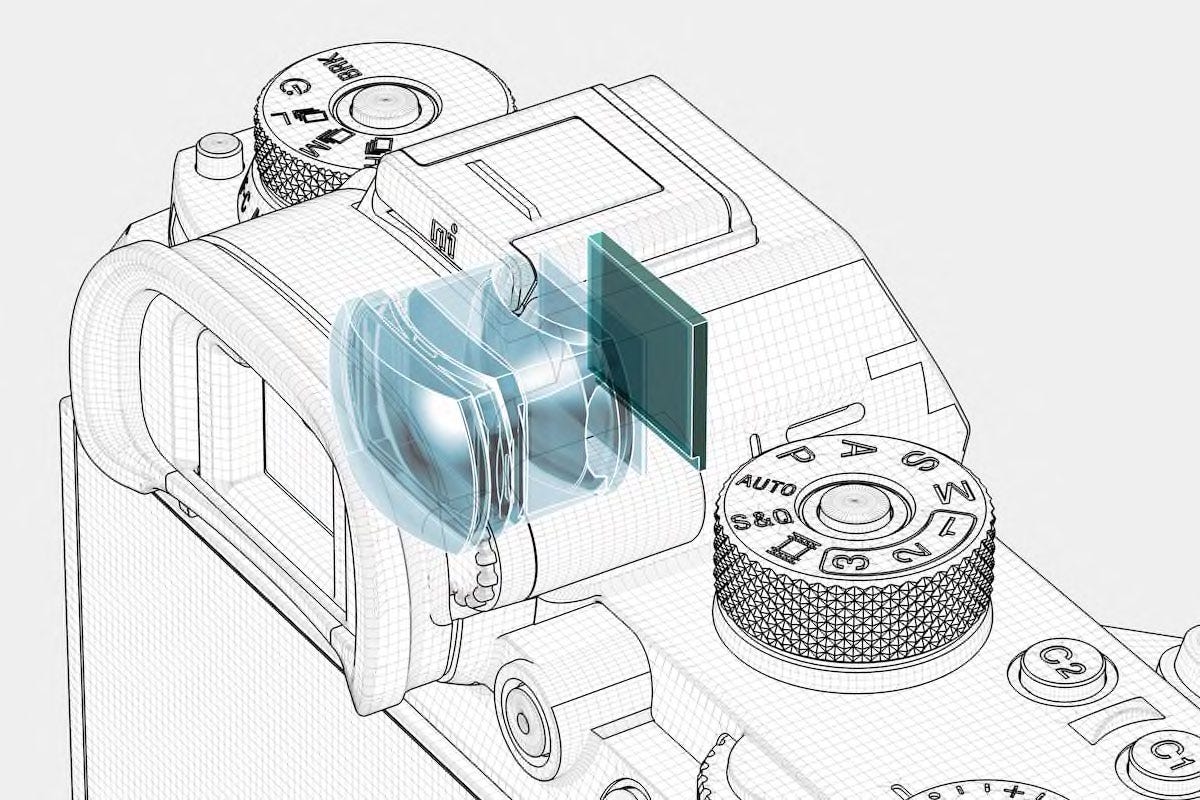The RF mount is the same size as the EF mount, except that it has a 20mm flange distance rather than 44mm. So we can apply this shorter flange distance to a camera such as the SL1 and see how it would compare to the M50:I am not sure that they will make cheap Aps-c R cameras. They want to sell expensive FF cameras. But if they do, it will be heavier and at least 7mm higher and 2mm deeper. And heavier and bigger lenses (in diameter).It would look and perform the same as the M50, except the mount diameter would be slightly larger.EF was designed to replace FD which was pretty much a given. And for the Nikon 1 system, it was a flop overall. The EOS M was the highest selling mirrorless system in the second quarter of 2018 in Japan. And that's primarily due to entry level models like the M100 and M50. Canon would be insane to kill off this kind of success seeing as the EOS R system won't be "entry level" for quite a while. And even then, what would a $600 crop sensor EOS R even look like or be able to offer with so many cut corners to reduce price?Kodak, Nokia, Blackberry were all tops in their respective markets too.
Let's also not forget that Canon killed off their FD system when they introduced the EF system. They even released new FD bodies after the EF system was released. But the system still eventually went away. More recently, look at Nikon killing off their Nikon 1 system. It just goes to show that companies will make any changes that they feel are necessary. EOS M won't be immune to that.
https://camerasize.com/compare/#448,776


The current SL1 is only 2mm taller than an M50 and it's only 20g heavier. Now just imagine an EOS R version of the SL1 with a 20mm flange distance (compared to 18mm for the M50). An EOS R version of the SL1 would basically be the same size and weight as an M50. And if Canon opted not to make the EOS R SL1 body look like a melted lump, it could be made to look virtually identical to the M50.
Last edited:









